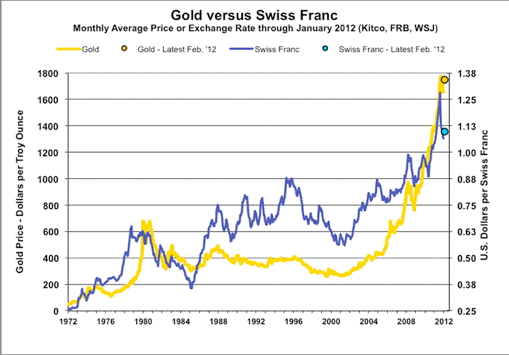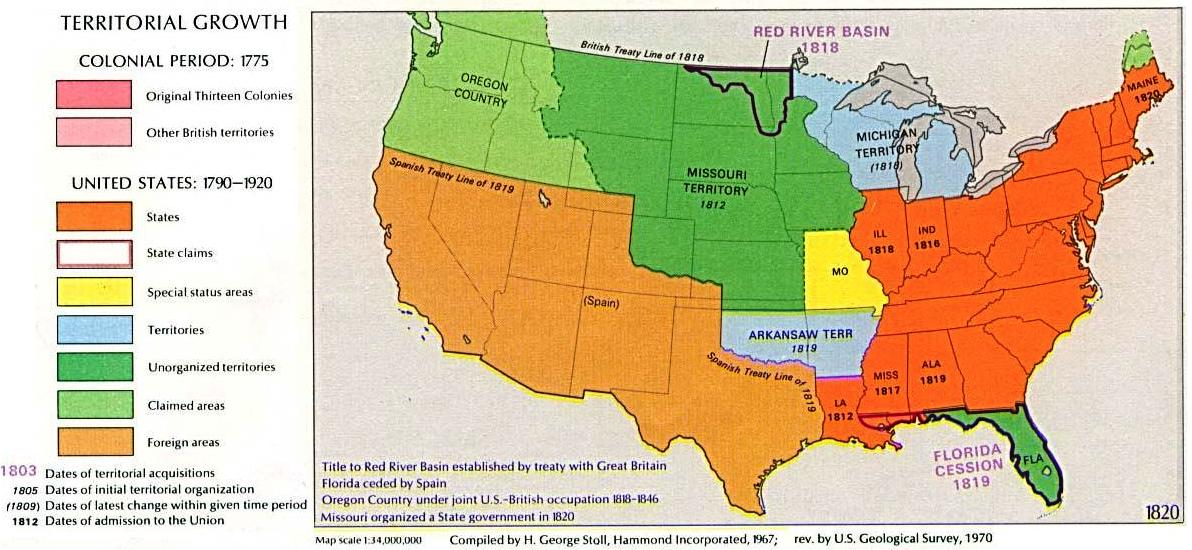Business travel will prevent me from updating the blog for a few days. And instead of the usual weekly, I will provide a sketch of the six G10 central banks that meet next week and a couple of interesting emerging market central banks.
Full story here Are you the author? Previous post See more for Next postTags: Featured,newsletter
























